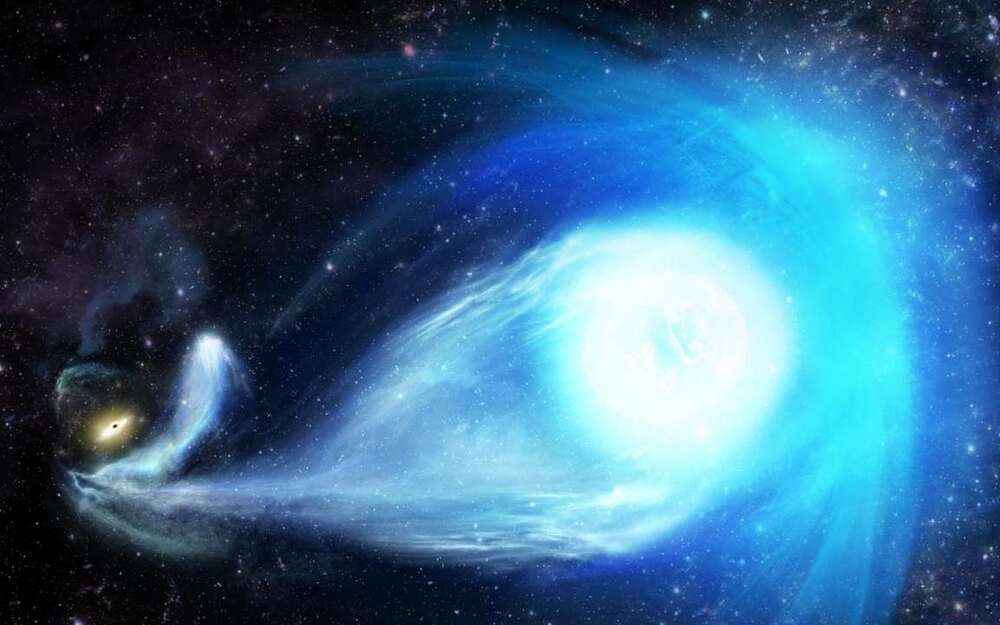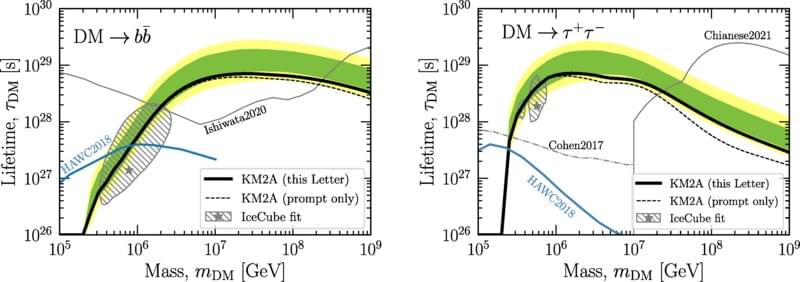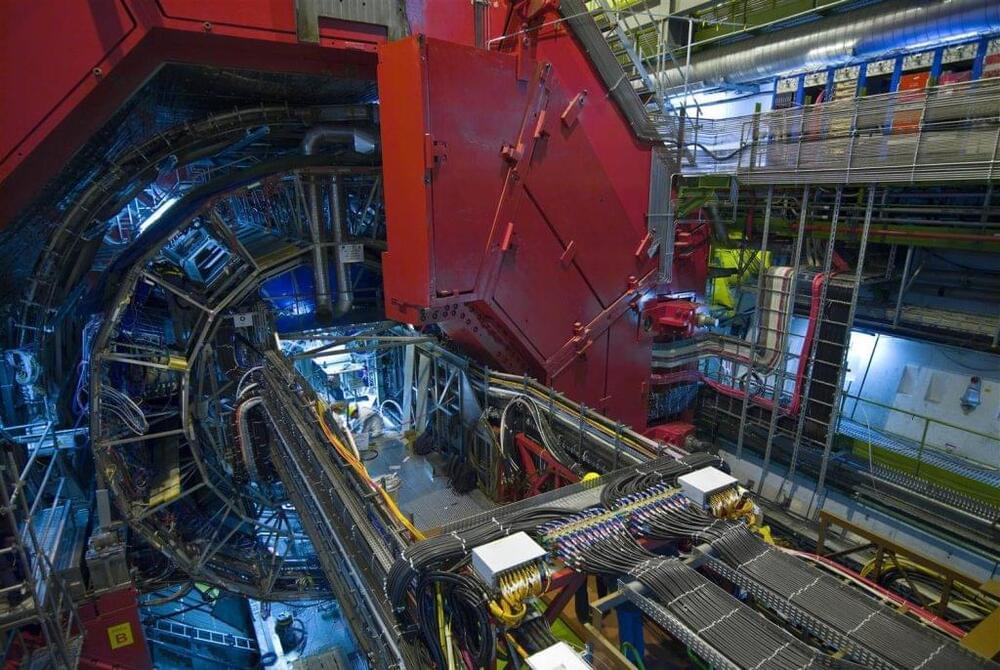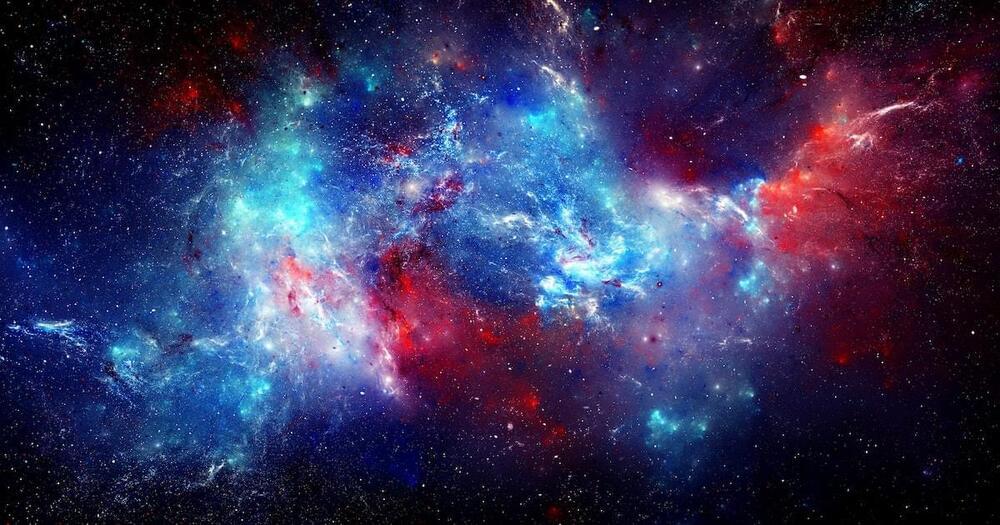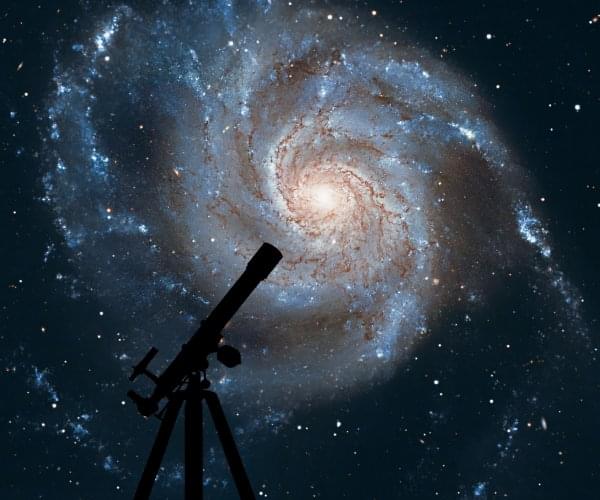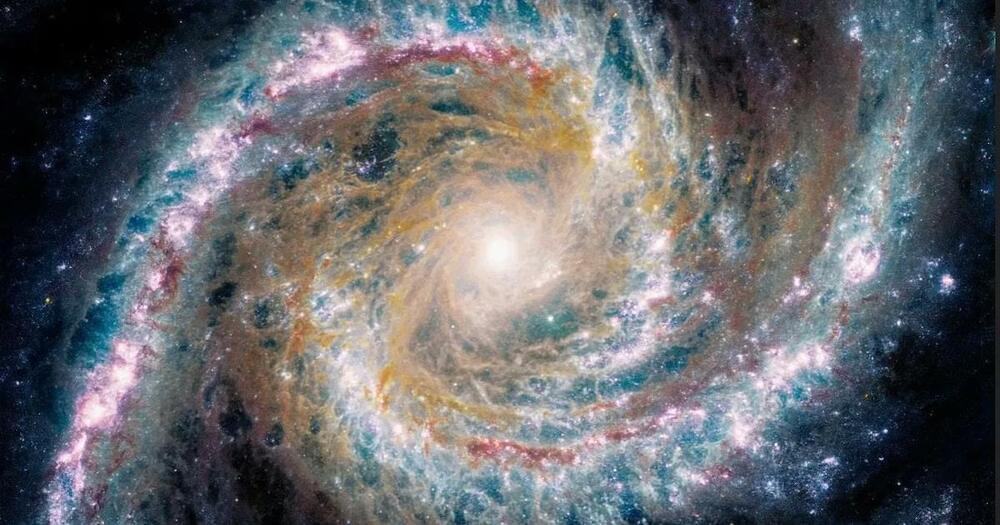Chinese tech companies rush to match Stable Diffusion and DALL-E 2, but roadblocks lie ahead.
The gigantic technological.
The gigantic technological leap that machine learning models have shown in the last few months is getting everyone excited about the future of AI — but also nervous about its uncomfortable consequences. After text-to-image tools from Stability AI and OpenAI became the talk of the town, ChatGPT’s ability to hold intelligent conversations is the new obsession in sectors across the board.
In China, where the tech community has always watched progress in the West closely, entrepreneurs, researchers, and investors are looking for ways to make their dent in the generative AI space. Tech firms are devising tools built on open source models to attract consumer and enterprise customers. Individuals are cashing in on AI-generated content. Regulators have responded quickly to define how text, image, and video synthesis should be used. Meanwhile, U.S. tech sanctions are raising concerns about China’s ability to keep up with AI advancement.
As generative AI takes the world by storm towards the end of 2022, let’s take a look at how this explosive technology is shaking out in China.
